Table of Contents
Quality Service Guarantee Or Painting Free

Get a rental agreement with doorstep delivery

Find the BEST deals and get unbelievable DISCOUNTS directly from builders!

5-Star rated painters, premium paints and services at the BEST PRICES!
Loved what you read? Share it with others!


Submit the Form to Unlock the Best Deals Today
Help us assist you better
Check Your Eligibility Instantly

Experience The NoBrokerHood Difference!
Set up a demo for the entire community
Stunning Species of Non-Green Plants That You Can Grow at Home
Table of Contents
Now you must be wondering, what are non-green plants? Sounds ridiculous to you? This article will show you that they exist and are around us too! We believe every home should have at least one potted plant, preferably two, three, or even four. Living greenery offers a level of interest to a space that static, mass-produced decorations can never hope to match. This interest contributes to the room's overall sense of calm and relaxation. Suppose you enjoy collecting plants but don't want the colour green to take over your space's design. In that case, you might want to consider incorporating foliage in various colours into your collection. Who says those with a green thumb can't expand their horizons? The following is a list of the best non-green plant names and descriptions that may be grown at home or in a garden. These plants range in colour from fuchsia and red to lavender, yellow, and even absolutely black.
1. Japanese Maple

The leaves of this small but elegant tree, native to Japan, China, and Korea, can change colour throughout the year depending on the specific variety and the time of year. For example, some types produce orange or red leaves in the summer, which mature into brilliant sprays of purple, gold, or bronze in the fall. Both seed and grafting are viable methods for propagating Japanese Maple plants. However, the process of propagation that uses sources is less complicated and may be carried out at home by even inexperienced gardeners.
a. The Ruby Star

Its stunning foliage, shaped like stars, is the primary reason for its widespread popularity. This dwarf species grows erect and has vivid crimson leaves in the spring that can illuminate any room in which the container is placed.
Quality Service Guarantee Or Painting Free

Get a rental agreement with doorstep delivery

Find the BEST deals and get unbelievable DISCOUNTS directly from builders!

5-Star rated painters, premium paints and services at the BEST PRICES!
b. Kurenai Jishi

It is one of the tiny Japanese maple tree kinds that is sought after the most. The deeply crimson, wrinkled leaves are at their most bright in the spring when they will change to a more purple-burgundy colour, and then orange in the summer and fall, respectively.
c. Ryugu

Because it has a modest growth rate, it makes for another fantastic compact tree. It has little leaves that are variegated with pink and white dots, and it has beautiful red twigs in the winter. This is an excellent option if you are drawn to the colour pink.
d. Rhode Island Red

The colour of the Rhode Island Crimson is also a dark red, but rather than going away throughout the summer months, it becomes a few shades darker. It has a relatively spherical growth habit, resulting in a small, neatly pruned tree with purple twigs.
2. Tradescantia
The family Tradescantia is quite vast and includes a wide variety of vibrantly coloured plants, some known as wandering Jews or inch plants. The majority thrive best when hung in a basket or other location that allows their long stems to drape freely. The patterns and colours of the leaves vary from variety to variety, but many of them have purple undersides with white and green stripes on the upper surfaces. A number of them have pink or purple streaks on them. There is a shade of every colour in the rainbow represented by Tradescantia, including blue, which can be found in the flowers of some species. Your Tradescantia should be kept out of extremely harsh light, and the soil should be allowed to dry up a little bit in between waterings.

a. Tradescantia Zebrina Burgundy
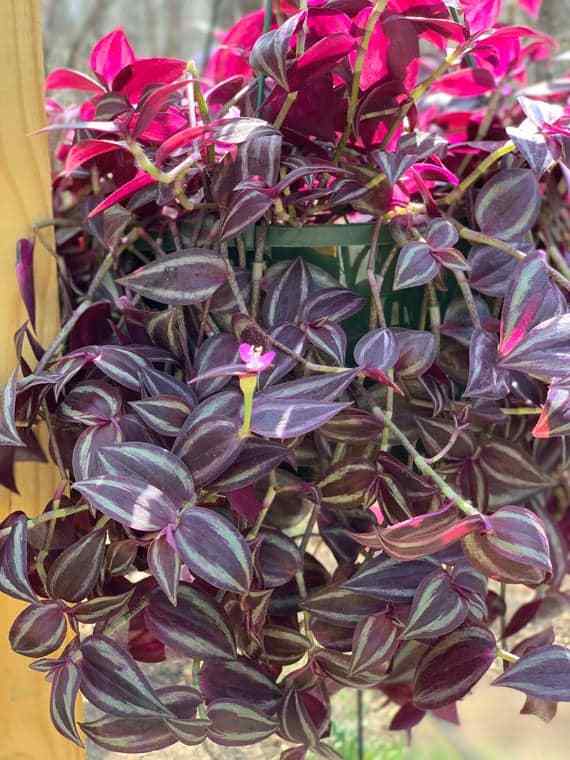
The Burgundy plant is known to display a range of colours depending on the environment it is being grown in and the stage it is at in its development. The leaves are more compact, and the stripes are more apparent than in the image shown earlier.
b. Tradescantia Zebrina Silver Plus

This gorgeous zebrina cultivar, one of the most common types, has tips that are initially dark purple but eventually turn silvery green with age. This one is a piece of cake, and you shouldn't have too much trouble with it. The cuttings will readily take root in the soil, and they can even be placed on top of the earth and left to root on their own.
c. Tradescantia Pallida Pink Stripes

It is essential to ensure that this highly appealing cultivar receives as much light as possible because Pink Stripes has a propensity to return to growth of a solid hue, mainly when grown in less than the full outdoor sun. It is drought-resistant, just like other varieties of pallid, and you should only water it when the soil is dried.
3. Caladiums

Caladiums are truly fascinating plants that have the added benefit of being able to be cultivated in either an indoor or outdoor setting. They are available in a wide variety of hues, and some of them even have entirely pink leaves. Some examples of these varieties include 'Pink Symphony,' 'Pink Splash,' and 'Classic Pink,' to name just a few.
If you are taking care of these indoors, you should keep them in an adequately lit area and out of the bright, direct sunshine as much as possible. If you keep them outside, you should ensure they have someplace to seek shade during the hotter parts of the day. They appreciate it when the soil is allowed to dry out between waterings, so make sure you choose potting soil that drains properly.
a. Hot Lips

The foliage of the Hot Lips plant is characterised by deep red hues, black veins, and teeny-tiny, softer red spots all around. To achieve the most beautiful shades, bright indirect light should be provided to the plant.
b. Heart & Soul

The abstract heart-shaped leaves of Heart & Soul, which come in various colours, including green, white, pink, and red, give the plant a striking appearance wherever it travels.
c. Tears Of the Sun

The giant leaves, shaped like hearts, are lime green outside and have bright pink spots in the centre and around the veins.
d. Broken Heart
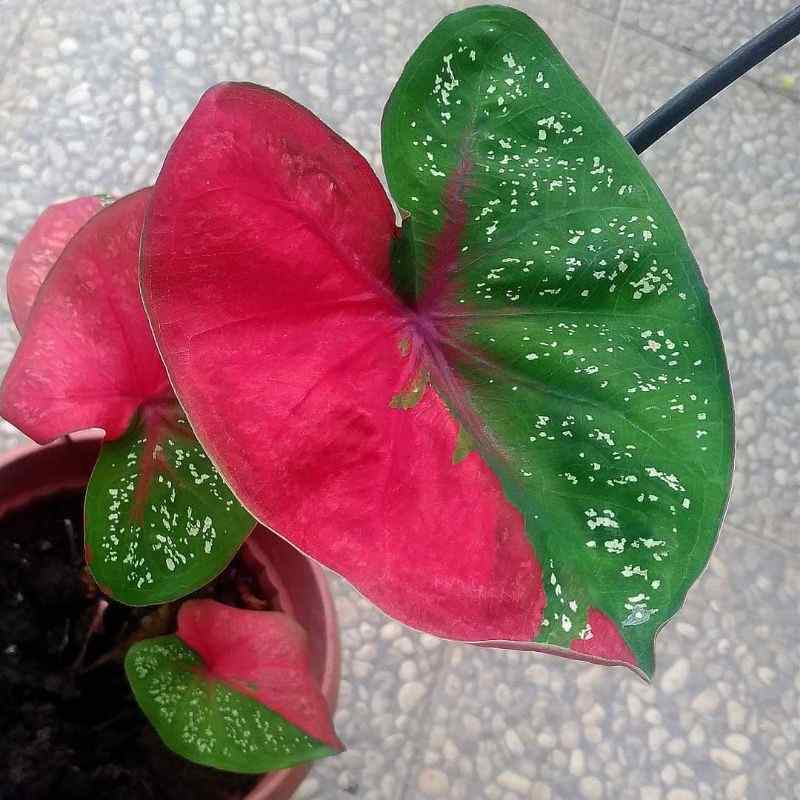
The heart-shaped leaves have a dual colouration of red and green, and there are white specks scattered all over the leaf's surface. Create a more dramatic presentation by cultivating the plant in lovely ceramics.
e. The New Wave

Another magnificent specimen with a bronze leaf that is tinged with lime green. Because it is a kind that does not grow very tall, it would look best on the tops of tables and cabinets.
f. Puppy Love
A lovely plant with pink leaves with darker veins and dark green borders all around it. Due to the unusual combination of features, it is an attractive addition to porches and patios.
g. Candidum Junior
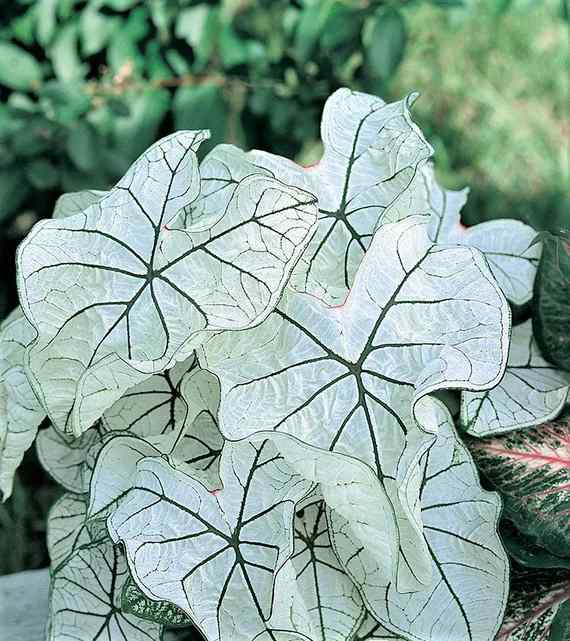
This cultivar has big leaves that can either be strap-shaped or lance-shaped. The sophisticated white leaves have a patterning of dark green veins running through them.
4. Rex Begonia

The Rex Begonia is not like other types of garden begonias. These are grown for their spectacular foliage, available in a mind-boggling range of colours —including amber, silver, lilac, gold, fuchsia, and red—and unique patterns, which range from spiralled snail-shell designs to stripes, netting, or blotches. These begonias are explicitly grown for their foliage. Place your Rex Begonia in an area that receives bright light but is not very warm, and ensure that the soil is moist but not soggy at all times. On the other hand, Begonias should be avoided at all costs by owners of pets because they are poisonous to animals.
a. Begonia Species Called the Red Kiss Rex

The Red Kiss Rex begonia has stunning foliage that is a deep purple-black colour and is surrounded by a broad, metallic-red ring. This kind of houseplant is both sophisticated and captivating to sight. The Red Kiss Rex begonia can reach a height of around 8 inches and a width of about the same.
b. Yamileth Rex Begonia
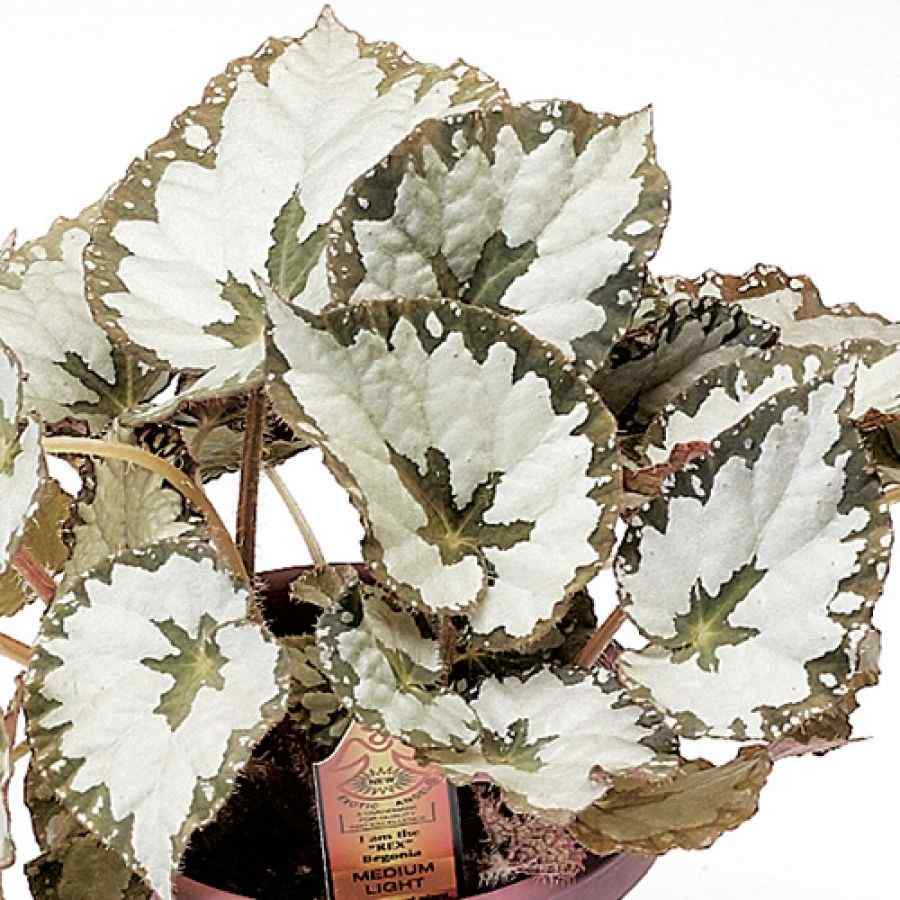
The Yamileth is a very eye-catching houseplant due to its green-black leaves that turn silver-grey at the plant's margins. The stunning Yamileth will steal the show!
c. Silver Limbo Rex Begonia

The Silver Limbo variation is a dwarf, small-leafed plant with stunning silvery foliage and purple-red undersides. It is a compact plant that proliferates. It reaches a height and width of around 6 inches when mature.
d. Pink Charming
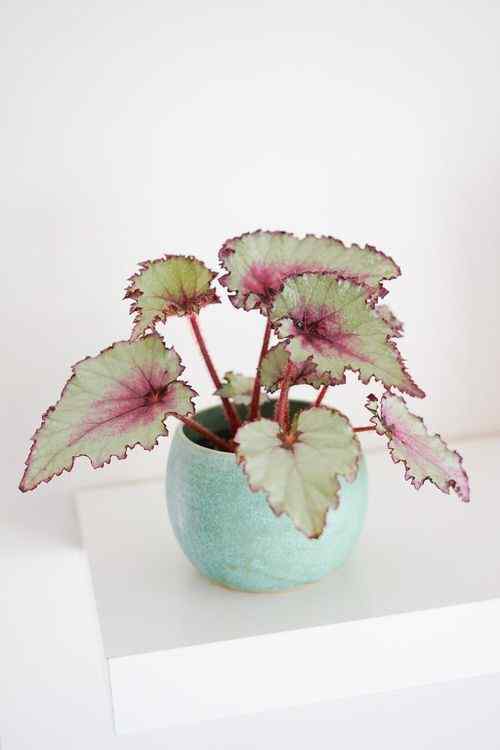
This gorgeous variety lives up to its name by boasting exquisite pink and green variegated foliage flecked with silver throughout the plant.
5. Polka Dot Plant

These bright and cheery small plants feature heavily speckled leaves with one of three colours: white, pink, or red. The main disadvantage of the polka dot plant is that it often does not live for a very long time...so you should plan on replacing it after one or two growing seasons have passed. Place the plant in an area with plenty of sunlight and give it regular watering. Pinch off any stems that are too long or offshoots that are awkward to maintain the mounding shape.
a. Pink Brocade

The leaves of the Pink Brocade plant have mottled pink spots scattered across their green hairy surfaces. It can reach heights of 6–12 inches and widths of up to 12 inches. This type, in comparison to others, has a more significant number of freckles or spots and must be grown in either full sun or partial shade.
b. Confetti

With a spread of 12-18 inches and a height of 12-24 inches, Confetti is a fast-growing and popular type. The different hues of the leaf include red, pink, rose, and even white. This type can be grown in either full sun or partial shade and is resistant to drought and high humidity.
6. Hawaiian Ti Plant
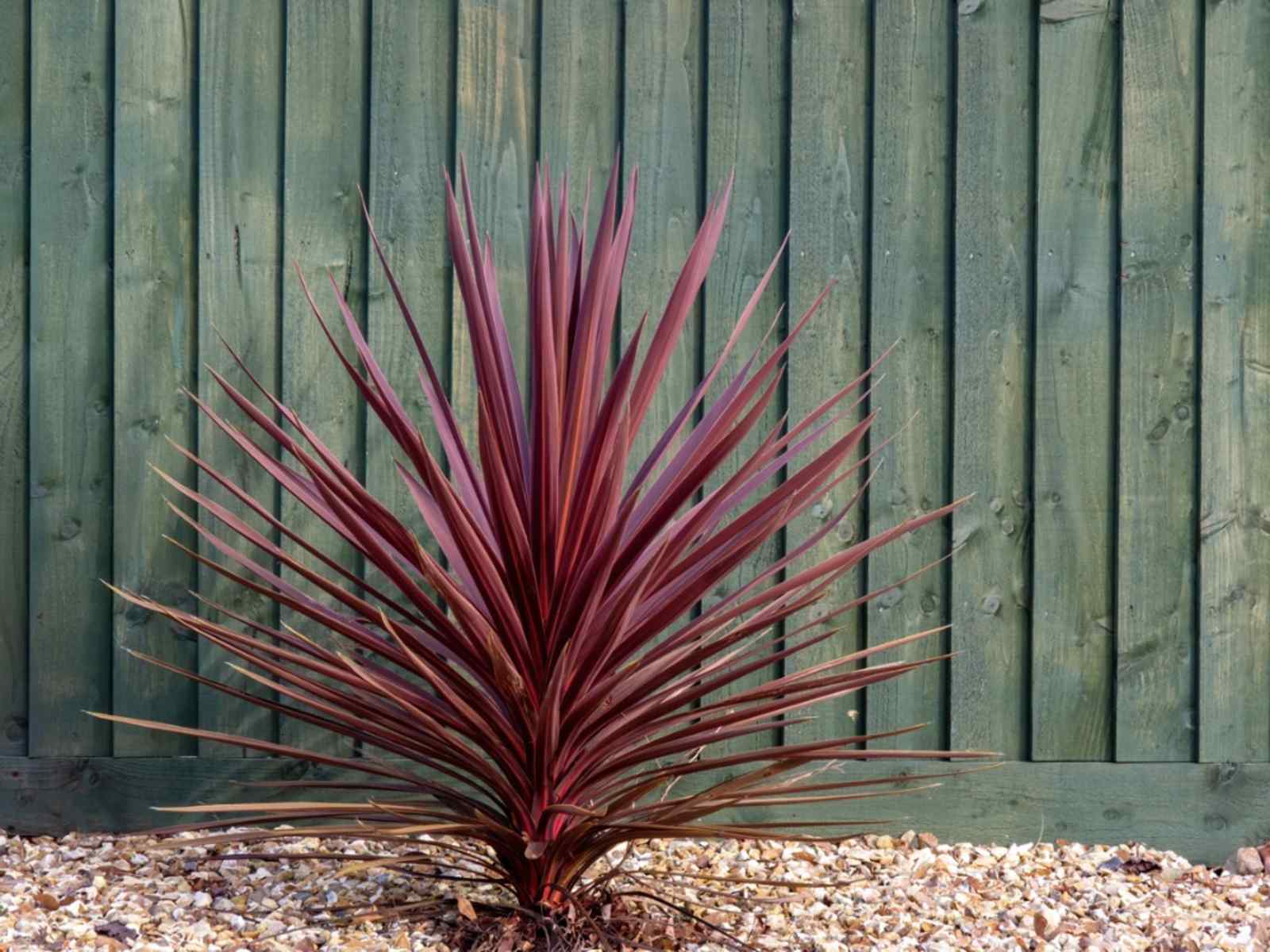
In general, these plants do not produce flowers and cannot withstand temperatures lower than 50 degrees Fahrenheit since their colour begins to fade at that temperature. During the winter, you will need to fertilise this plant every two months if you want to keep it alive and grow it indoors. The Ti Plant, on the other hand, does not require much maintenance, and you may take pleasure in this beautiful plant throughout the entire year.
a. Black Mystique Ti Plant
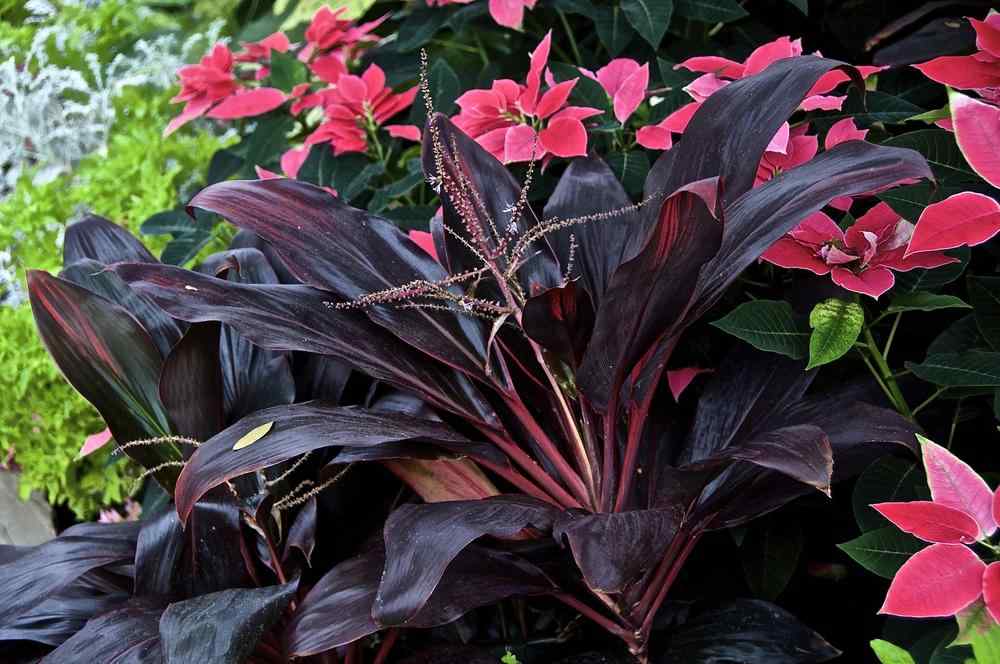
The glossy, dark-purple leaves of the Black Mystique ti plant make this kind of ti sparkle whether it is cultivated indoors or outdoors. It can reach heights of 4 to 8 feet and widths of 3 to 5 feet.
b. Morning Sunshine Ti Plant

The Morning Sunshine ti plant is a particularly stunning type with light green leaves tinged with pinkish, yellow, cream, and mauve.
c. Red Sister
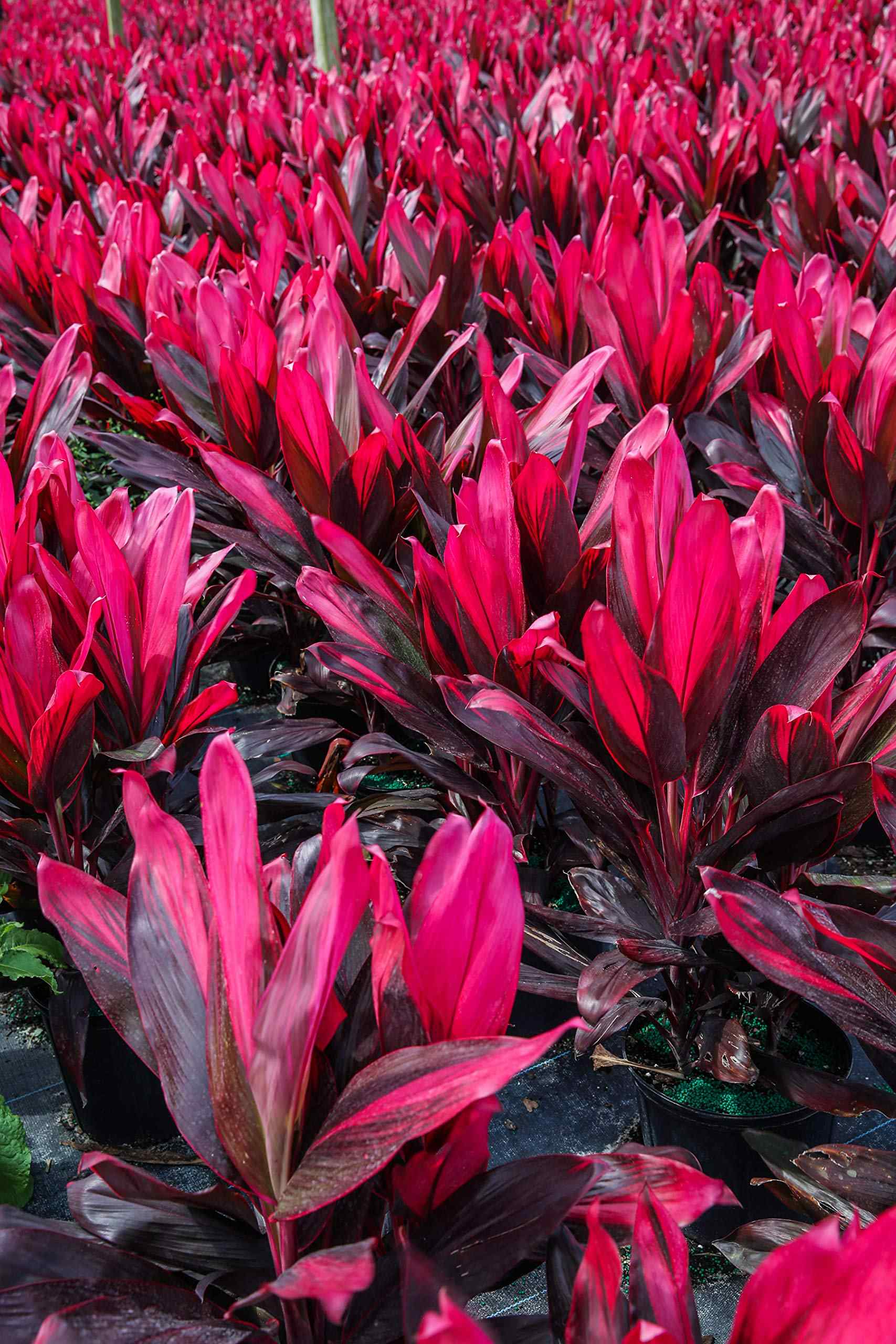
This traditional variety has leaves that are a dark purple-red-green colour and are variegated with striking bright-pink stripes, as the array's Name indicates.
d. The lovely Miss Andrea Ti Plant

The leaves have a great combination of cream and pastel green and a subtle ruffled appearance. The striations on the leaf set it out from the other plants.
e. Beautiful Pink Passion
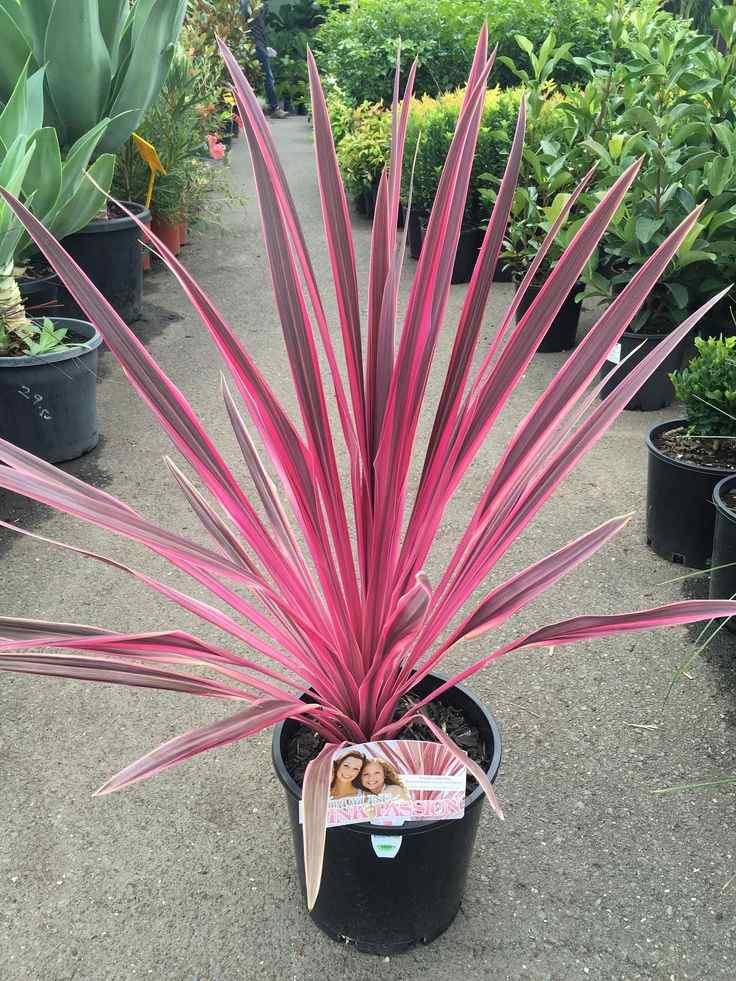
The plant, which bears the same name as its leaves, possesses magnificent sleek pink-purple leaves that arch like swords and are adorned with sharp pink edges.
7. Christmas Cactus

When we talk about plants that aren't green, we can't overlook the brilliant flowers that Christmas cactuses produce, which are members of the Schlumbergera genus. These flowers can be found in many hues, including yellow, white, pink, red, and even purple and dark purple. The Christmas cactus is a decorative houseplant that can grow to be about the size of a tabletop or desk, and it will add colour and texture to any setting in which it is displayed. Christmas cacti are low-maintenance plants that can lift your mood during the year's colder months.
Christmas cactus demand bright but indirect light during the growing season, and it should only be watered when the top inch of soil is completely dry. A particular regimen consisting of low temperatures and extended nighttime hours is essential to promote blossoming year after year.
8. Black Lace Elder

This plant, native to Europe, has leaves that are so fine and delicate that they almost look black. The dark green foliage provides a stunning backdrop for the soft pink flowers that bloom each spring, followed by dark purple berries in the autumn. The berries succeed the flowers in the winter.
9. Coral Bells

The bell-shaped flowers of these uncommon perennials are planted more for their foliage than because they can tolerate poor soil, low light, drought, and harsh temperatures. These plants also have outstanding endurance for extreme temperatures. Their leaves can be almost any colour imaginable, from platinum and yellow to black and purple. They even come in virtually every shade in between.
a. Berry Smoothie

A more bluish-purplish hue quickly replaces the rose-pink colour of the new growth as the summer progresses. Late in the spring, the light pink blossoms begin to appear, and if you keep deadheading them throughout the summer, you should have flowers continuously. Grow the plants in areas that receive some shade and give them plenty of water, particularly in the beginning while you're still getting them established.
b. Caramel

Another one that can keep its cool despite the sweltering heat of June-July! It can tolerate bright sunlight but thrives best in areas with some shady respite and enough moisture, particularly in the afternoon. In midsummer, look for delicate pink blossoms to emerge from the caramel-coloured foliage.
c. Amber Waves

It's not hard to see why this plant won a "best new plant" award in 2001. Golden foliage, curled leaves, pink budding, and cream-coloured flowers are all included in the package.
d. Hollywood
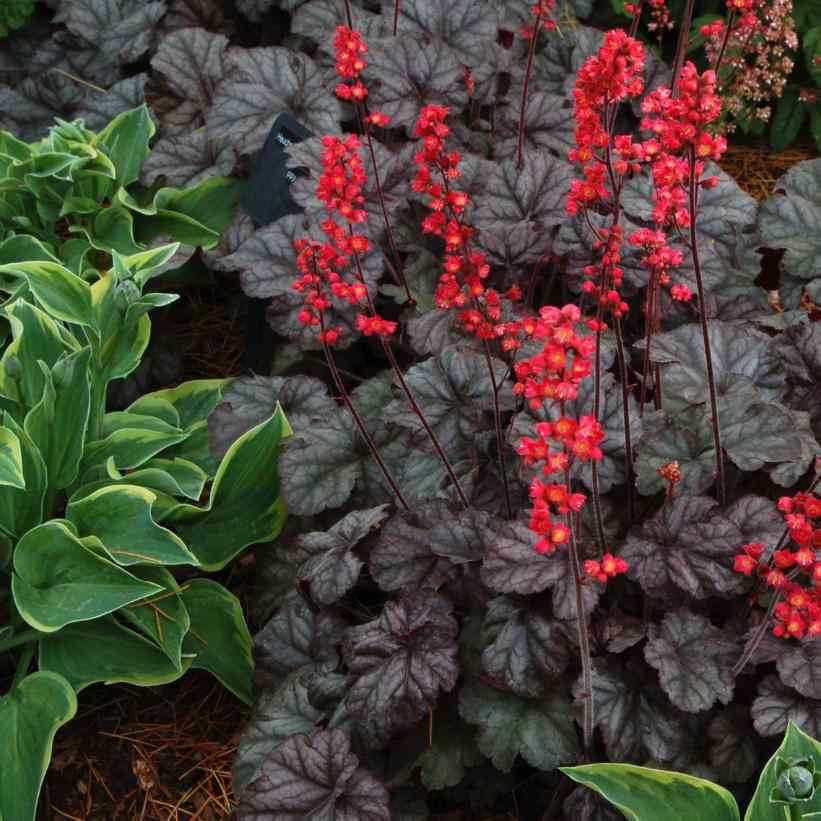
The leaves of the heuchera plant are the primary reason most people cultivate it, but the blossoms of this plant should not be overlooked. Hollywood is a living testimony of this. This coral bell attracts hummingbirds to your garden with its beautiful red flowers. The foliage is charming, with hints of silvery metal and a scalloped edge.
We have compiled a list of the most stunning non-green plants that can improve the appearance of your interiors. For more interior decoration tips, you can contact NoBroker interiors. Our expert interior designers can guide you through the right way to decorate your space according to your preference. Always happy to help!

FAQs
A-1 Heterotrophs include all non-green plants and animals, including humans. Photosynthesis, the process through which food is produced, cannot take place in non-green plants because they lack the pigment chlorophyll. As a result, they must rely on other living things like plants and animals to feed themselves.
A-2 Mushroom is a non-green plant that is widely popular worldwide and used as an ingredient in various cuisines.
A-3 Non-green plants usually derive their nutrition from other plants, waste food items or dead insects and bugs.
A-4 Nutrition shown by non-green plants is better known as heterotrophic nutrition.
A5- Caladium, mushroom, begonia etc., are examples of non-green plants.
Recommended Reading

Switchboard Designs: Transforming Your Space with Modular Electric Boards
January 16, 2025
4572+ views
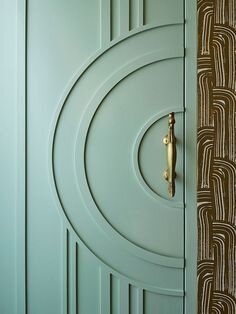
Transform your home with these trending ideas for a sturdy yet stylish panel door design
January 16, 2025
4777+ views

The Best Sunmica Door Design Of 2025 with Pictures
January 15, 2025
4251+ views

What Is the Interior Design Cost in Hyderabad for 1Bhk, 2Bhk, 3Bhk and 4Bhk Apartments?
January 15, 2025
7437+ views

Eye-Catching and Trendy Wooden Door Design Ideas for Your House
January 15, 2025
4557+ views
Loved what you read? Share it with others!
NoBroker Interiors Design Testimonials
Most Viewed Articles

Top Hanging Light Ideas to Illuminate Your House
March 29, 2024
393095+ views

GFRG Panels - A New Technology in Building Construction
August 24, 2023
257236+ views

15 Wall-Mounted Dining Table Design Ideas
January 25, 2024
103533+ views

How Mivan Construction Technology Is Transforming the Art of Building!
December 17, 2024
60290+ views

Best 3 Bedroom House Plan: Modern and Space-Efficient Layouts for 2025
December 17, 2024
35210+ views
Recent blogs in
30 Best Living Room Modern Interior Design Ideas for Your Modern Living Space 2025
January 30, 2025 by Priyanka Saha
15 Popular Drawing Room Wall Design Ideas for Every Home with Budget in 2025
January 30, 2025 by Ananth
15 Popular Small Narrow Living Room Ideas To Maximum Use of Space in 2025
January 28, 2025 by Prakhar Sushant
Top 20 Bedroom Furniture Design Ideas for Your Space in 2025
January 28, 2025 by NoBroker.com
15 Unique TV Wall Designs for Stylish and Contemporary Homes in 2025
January 24, 2025 by Priyanka Saha




Join the conversation!